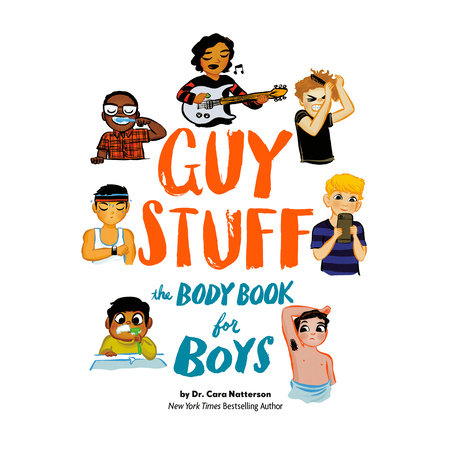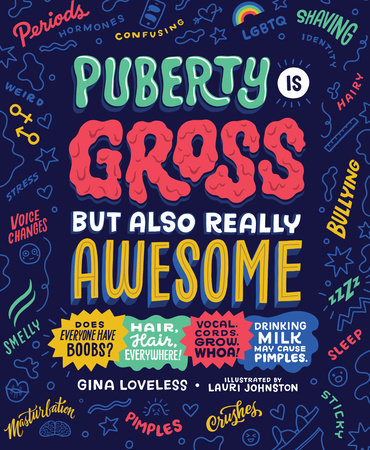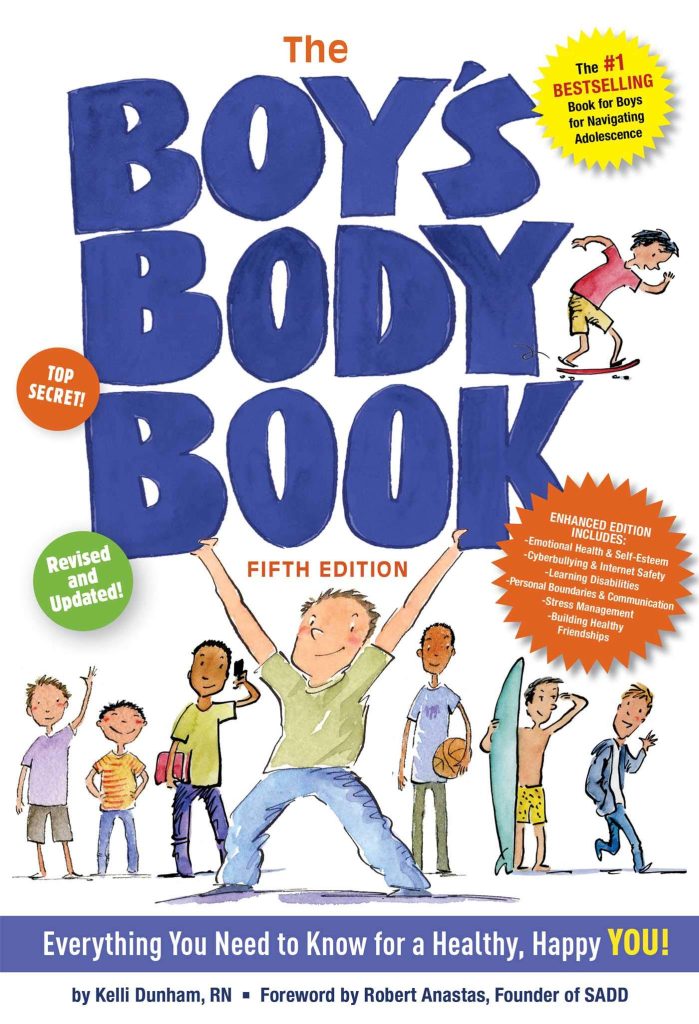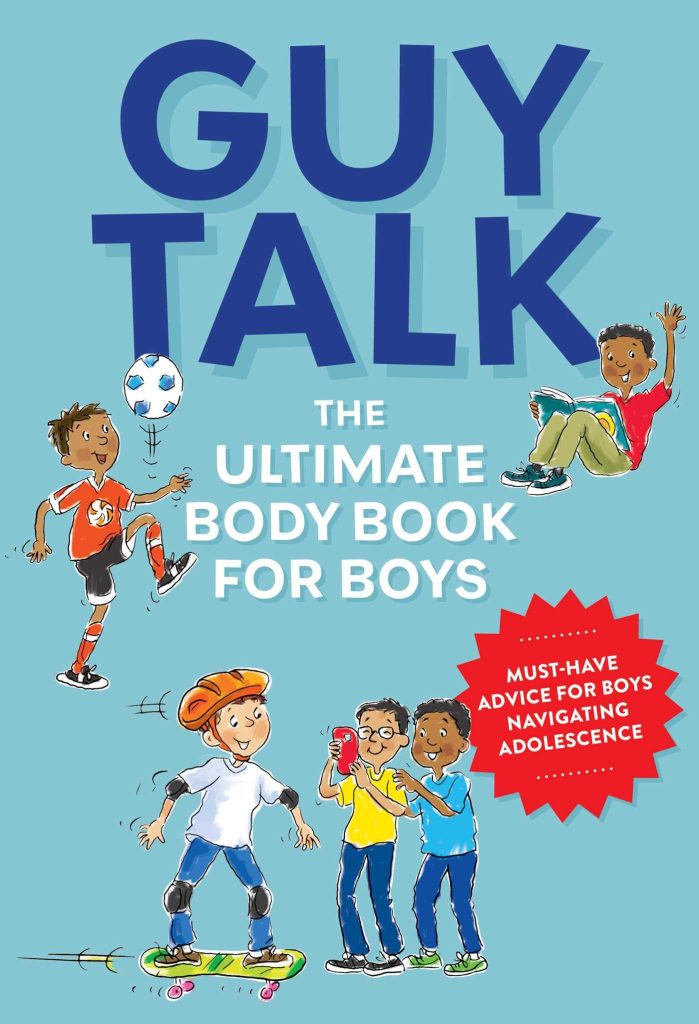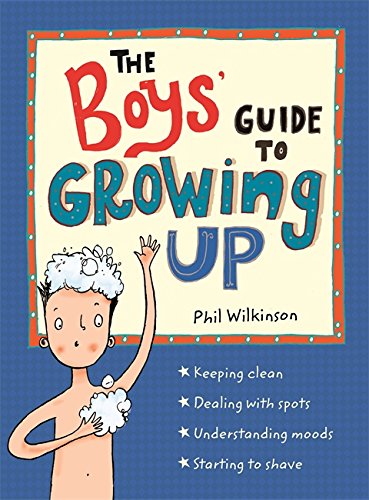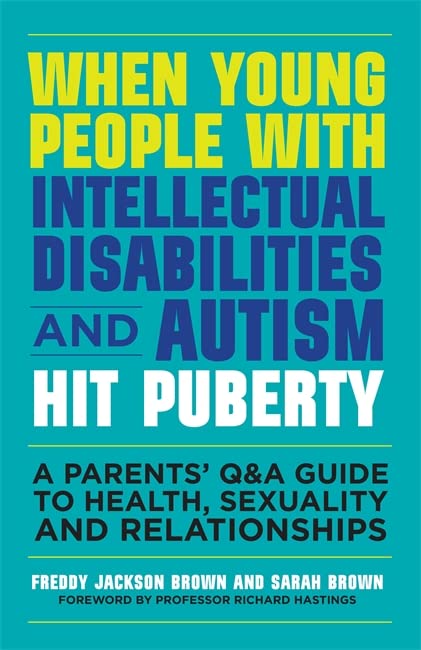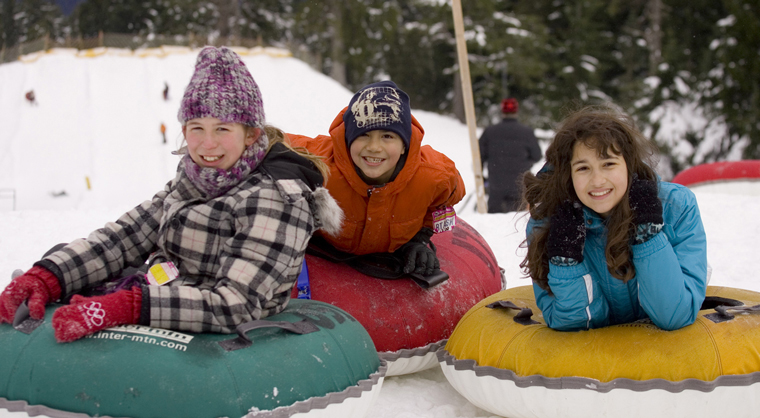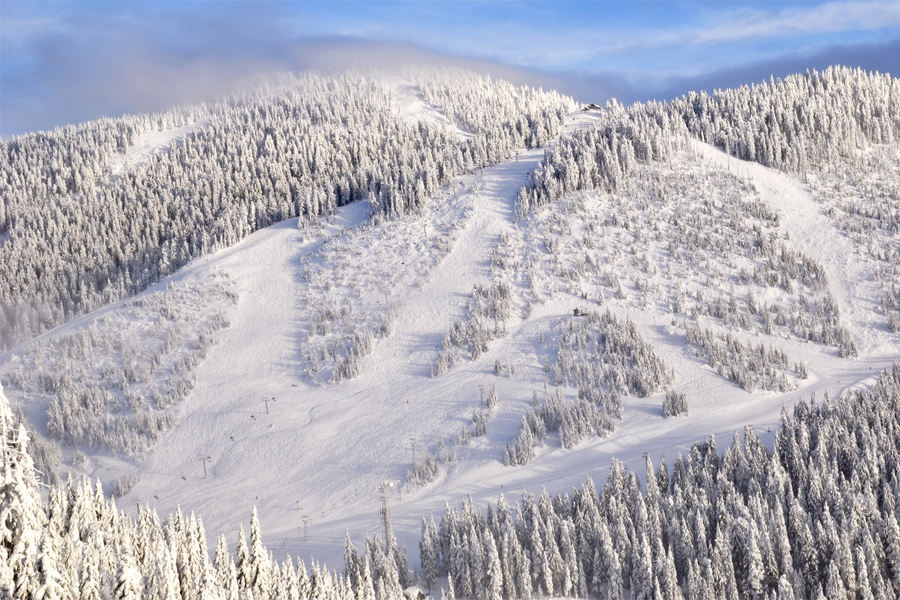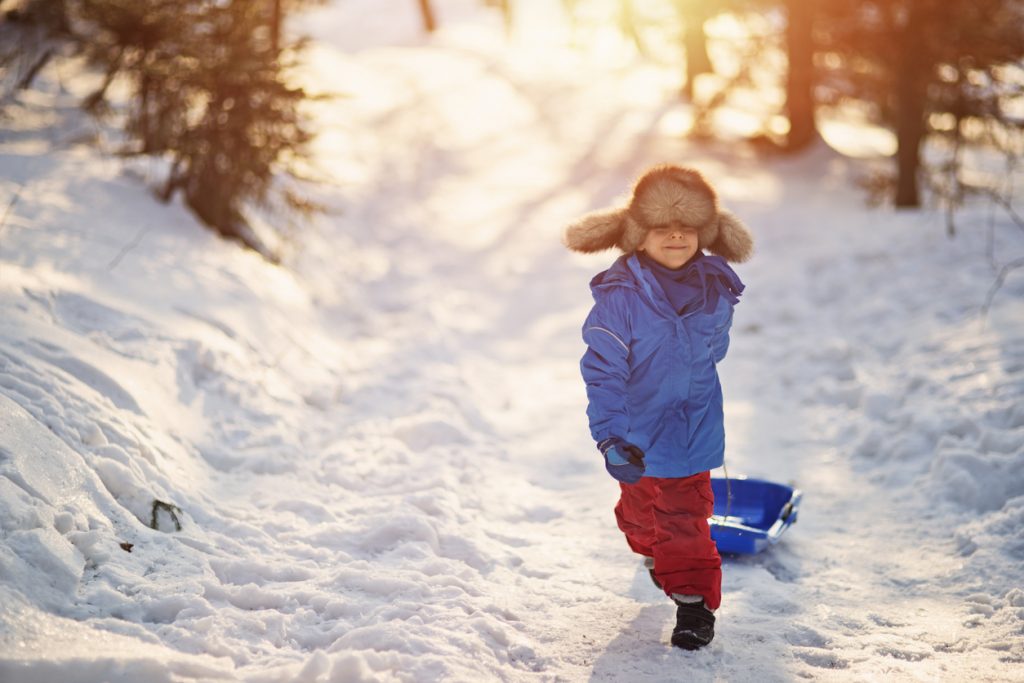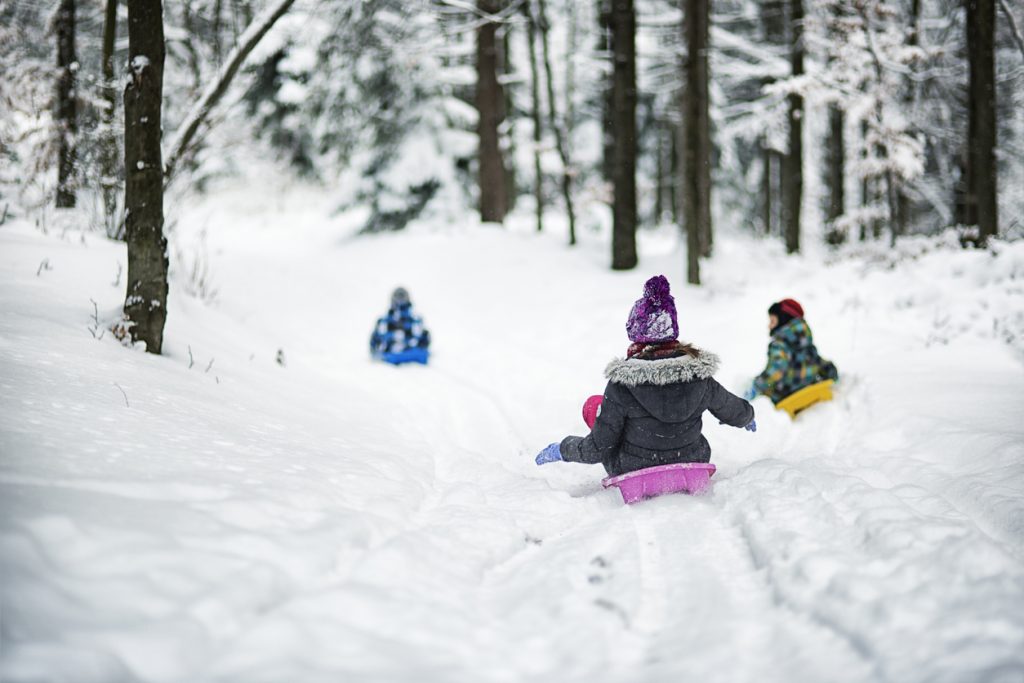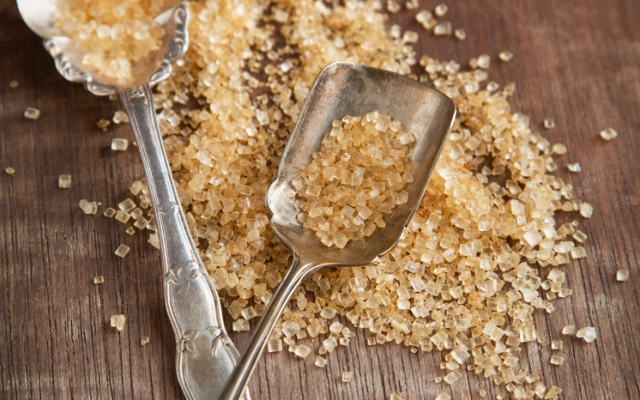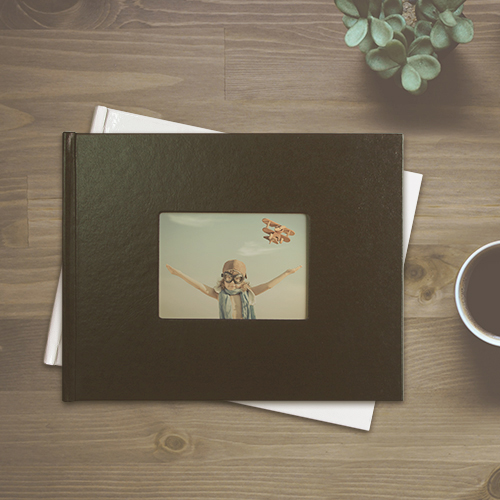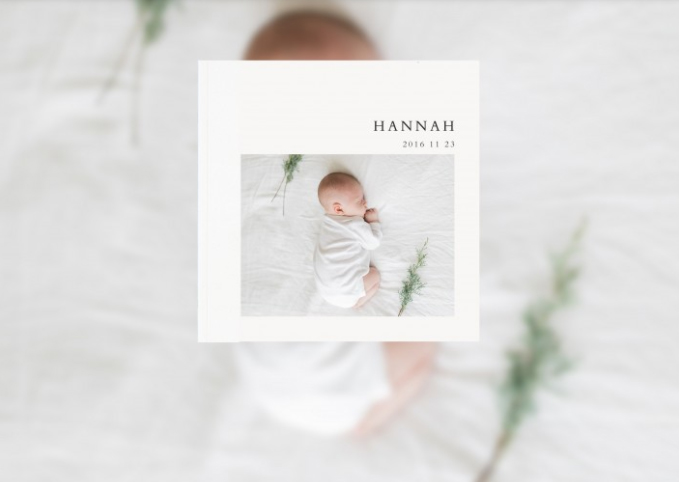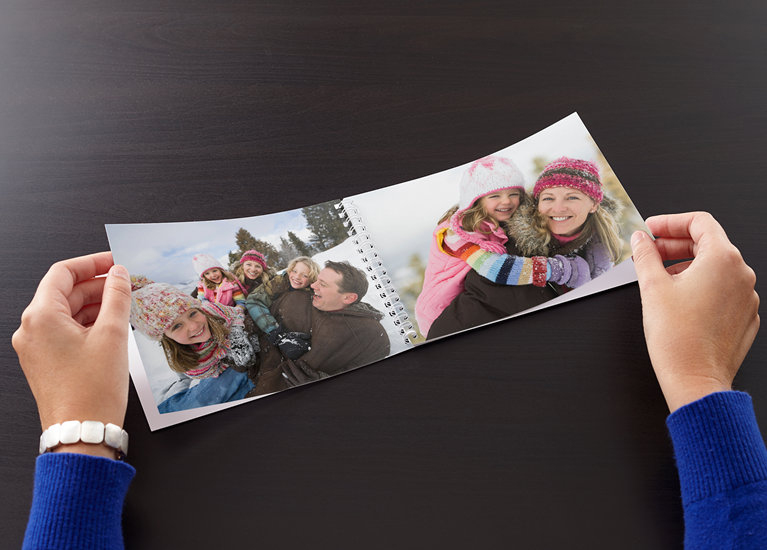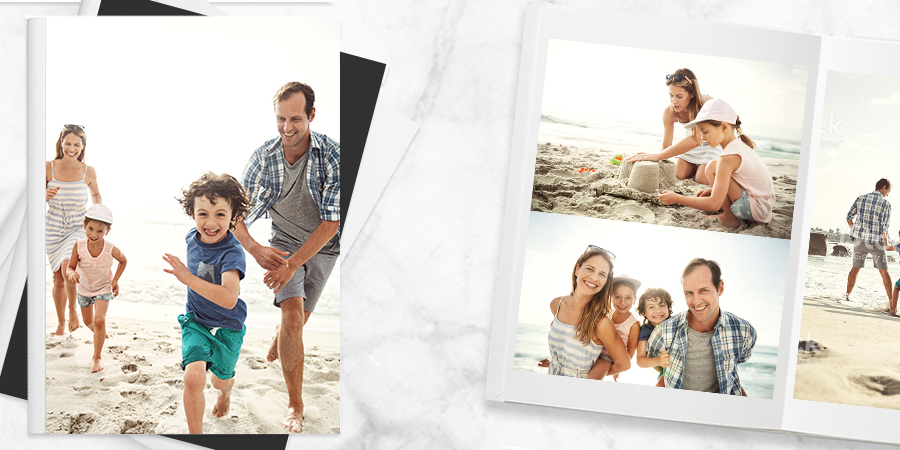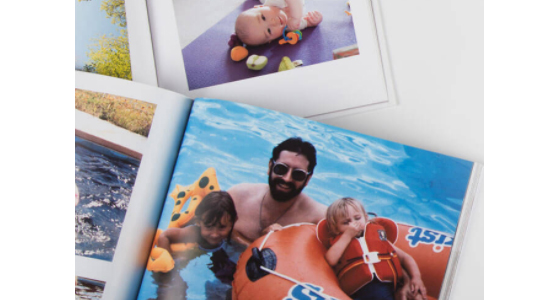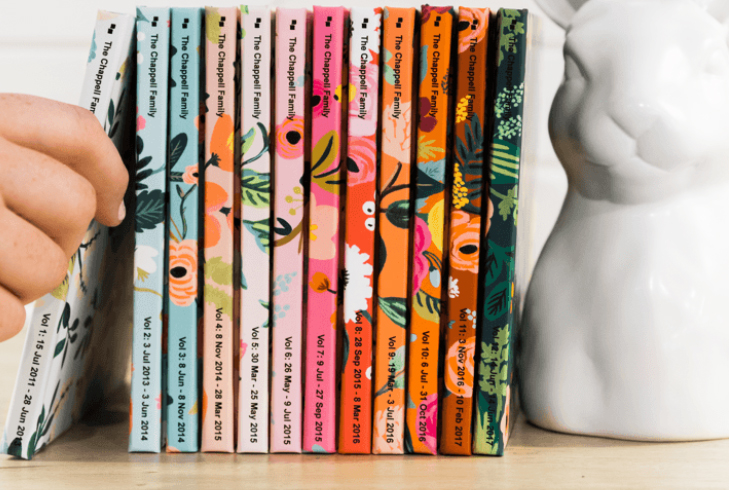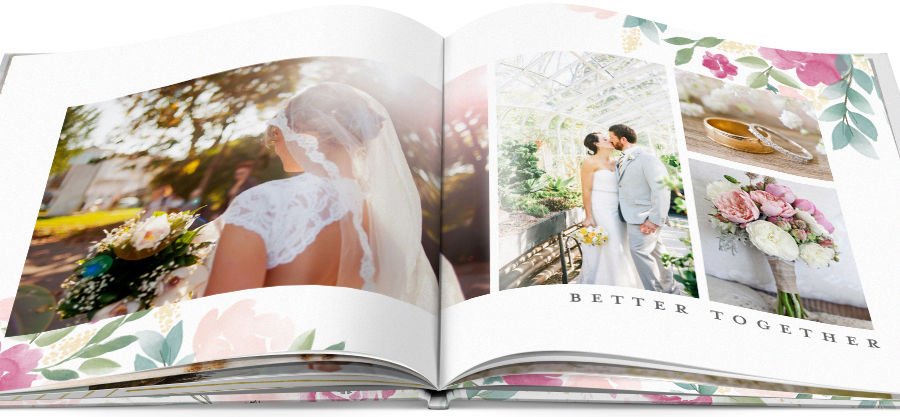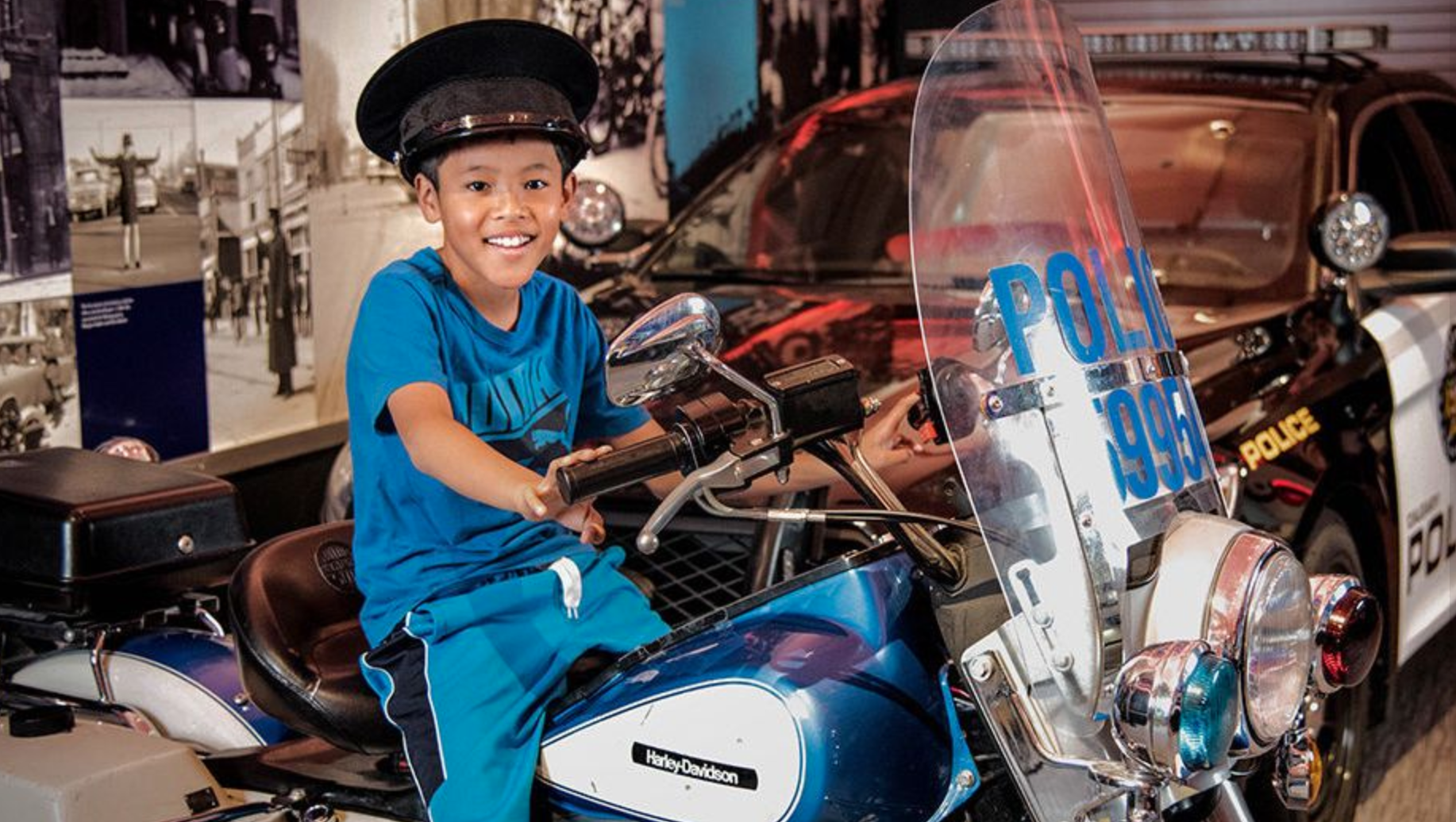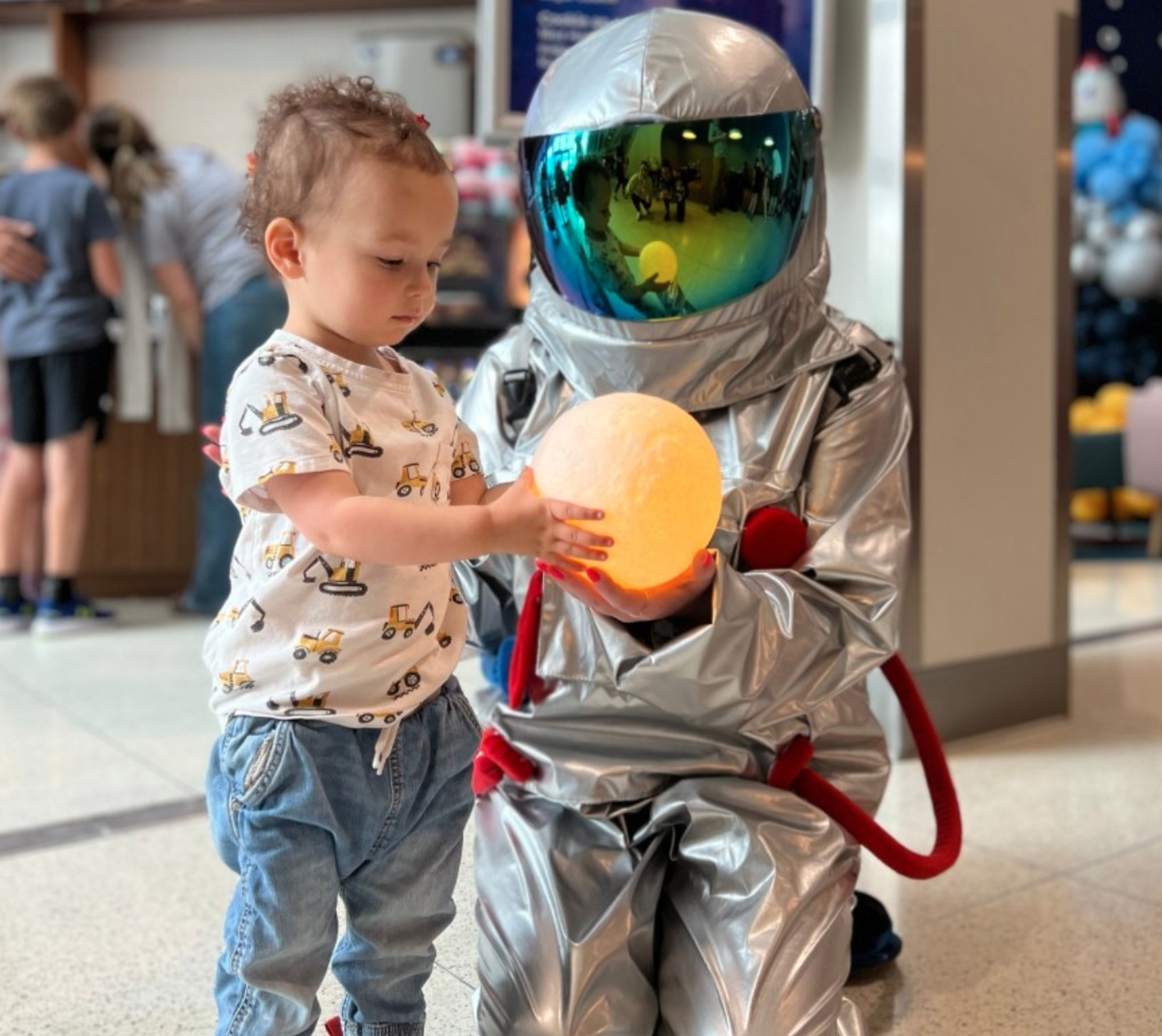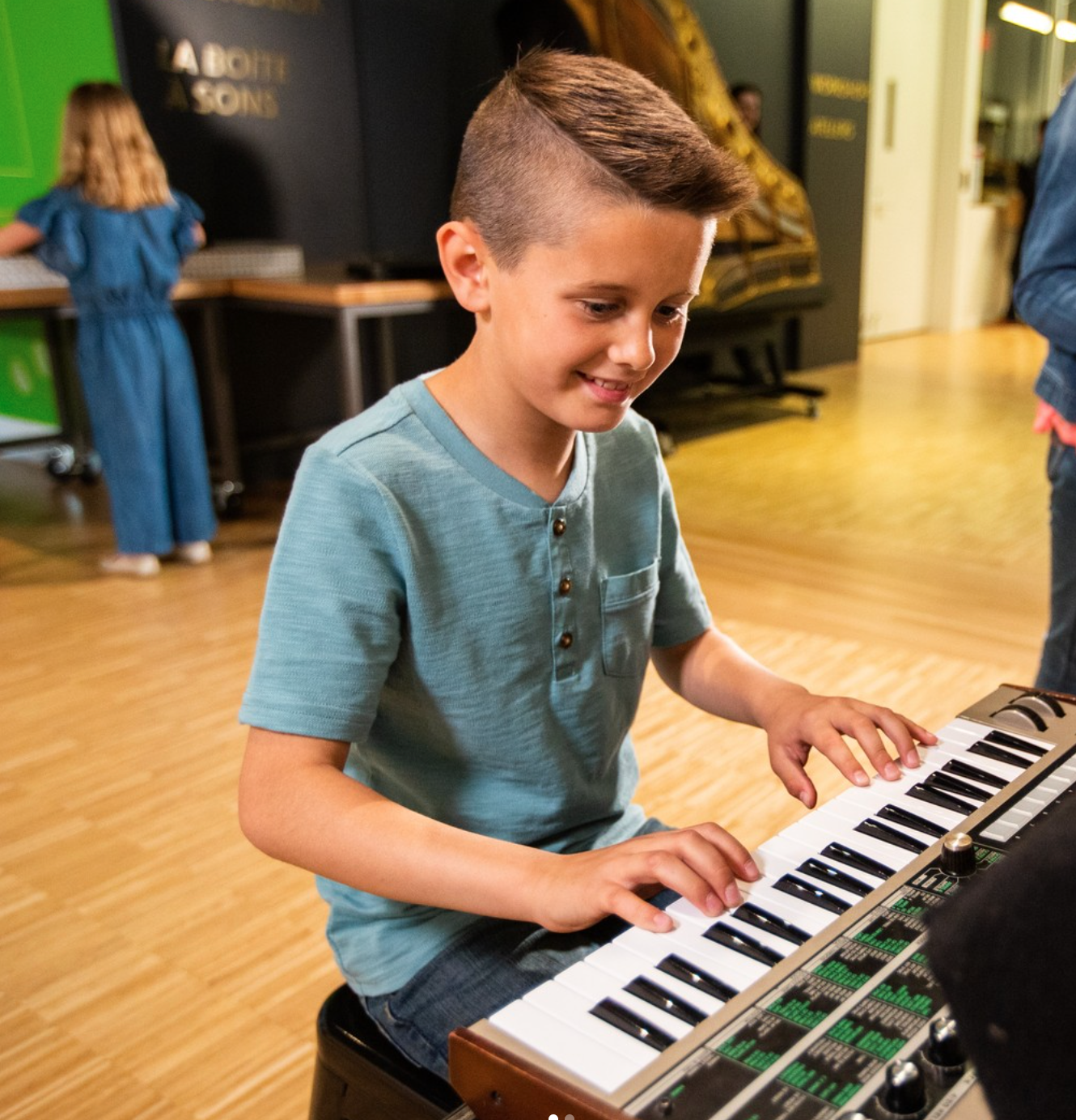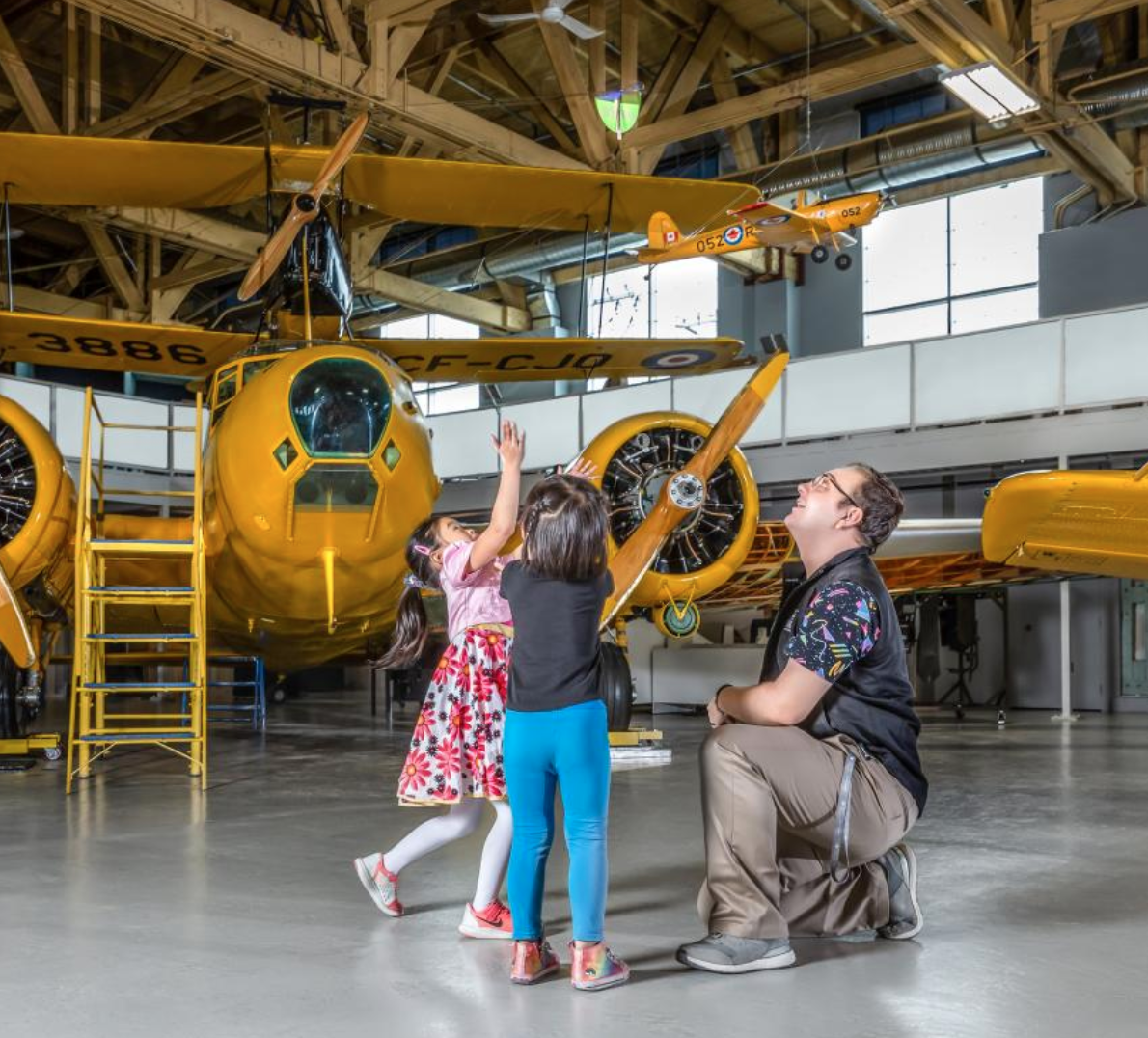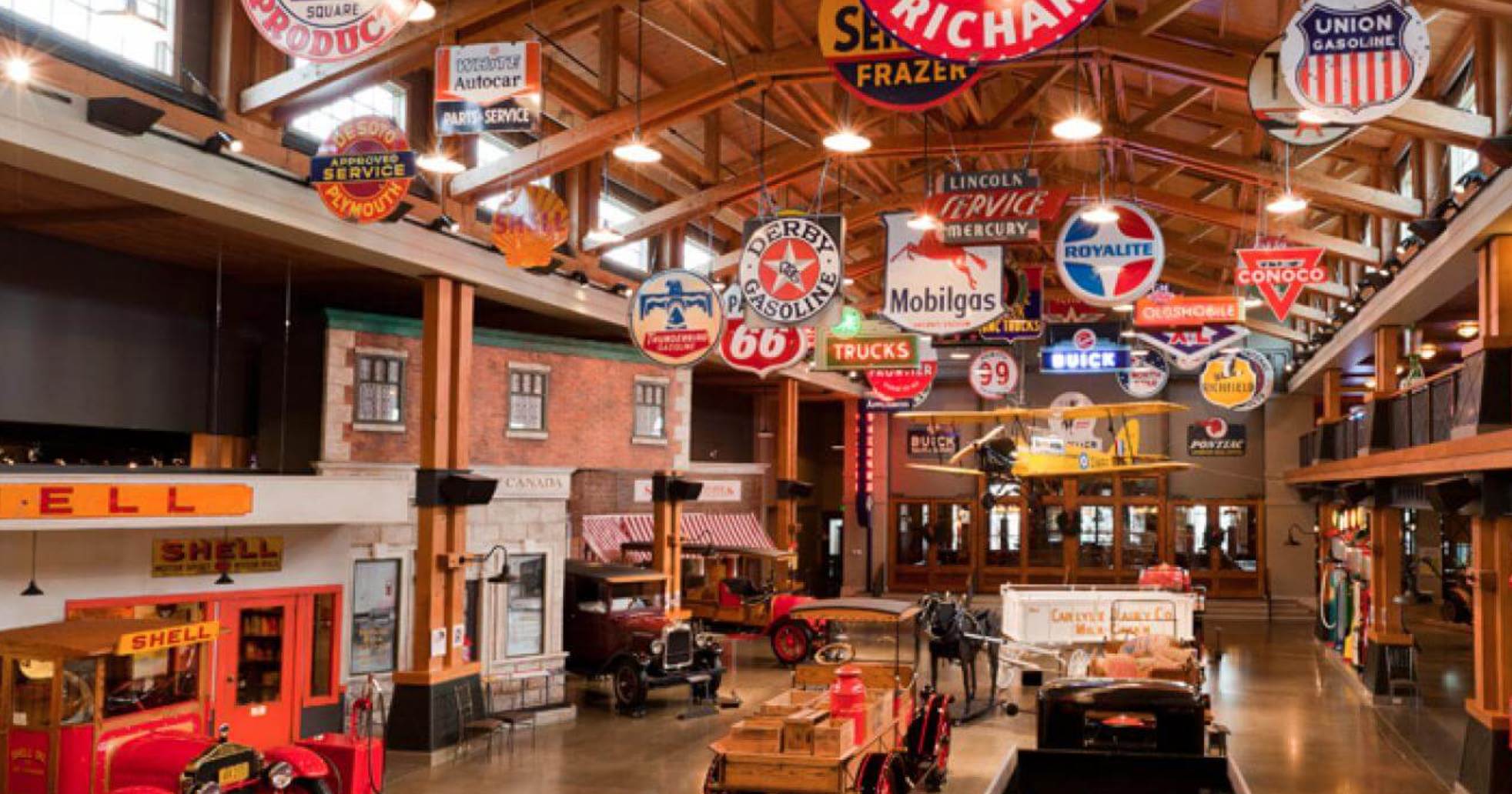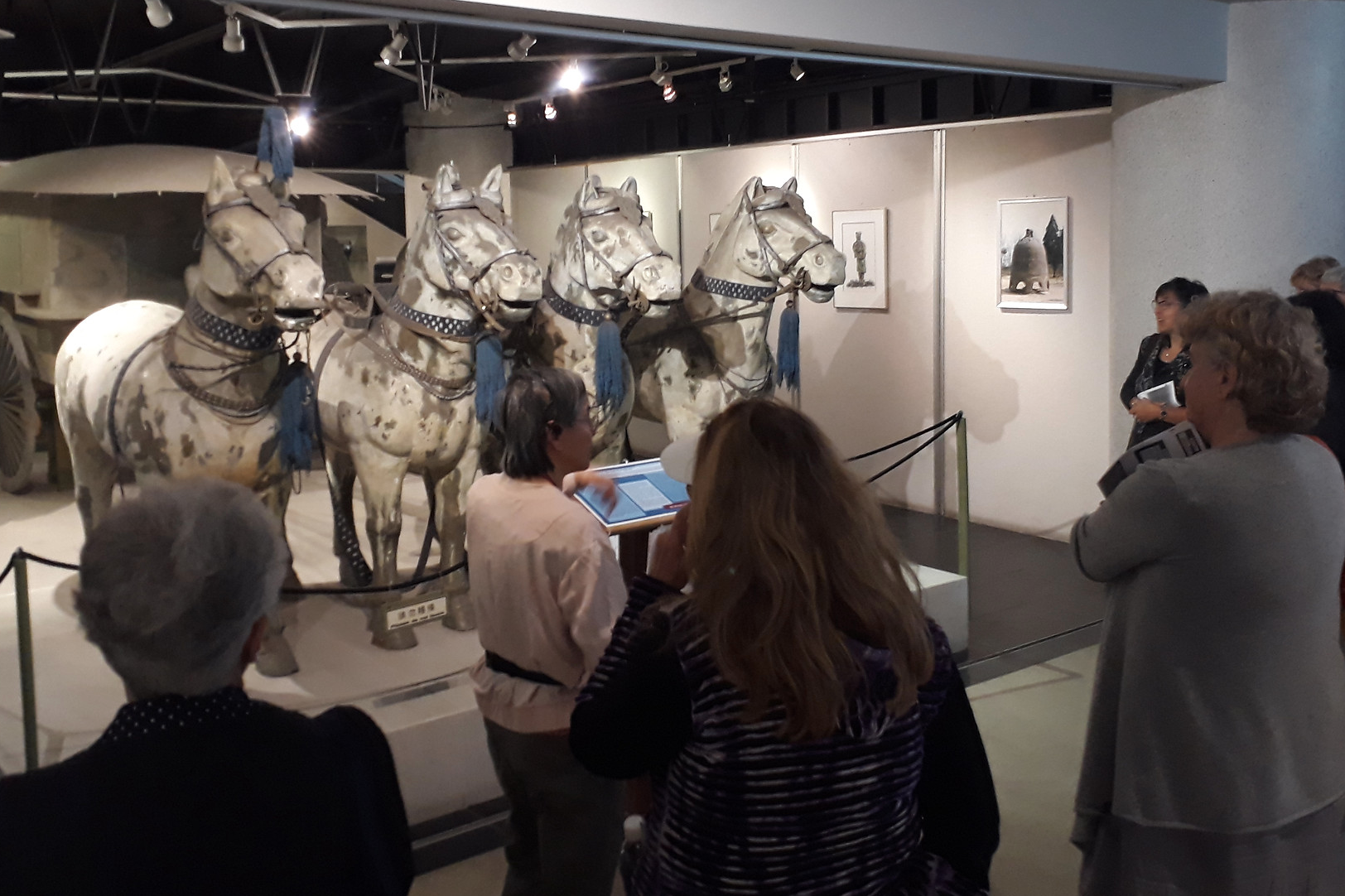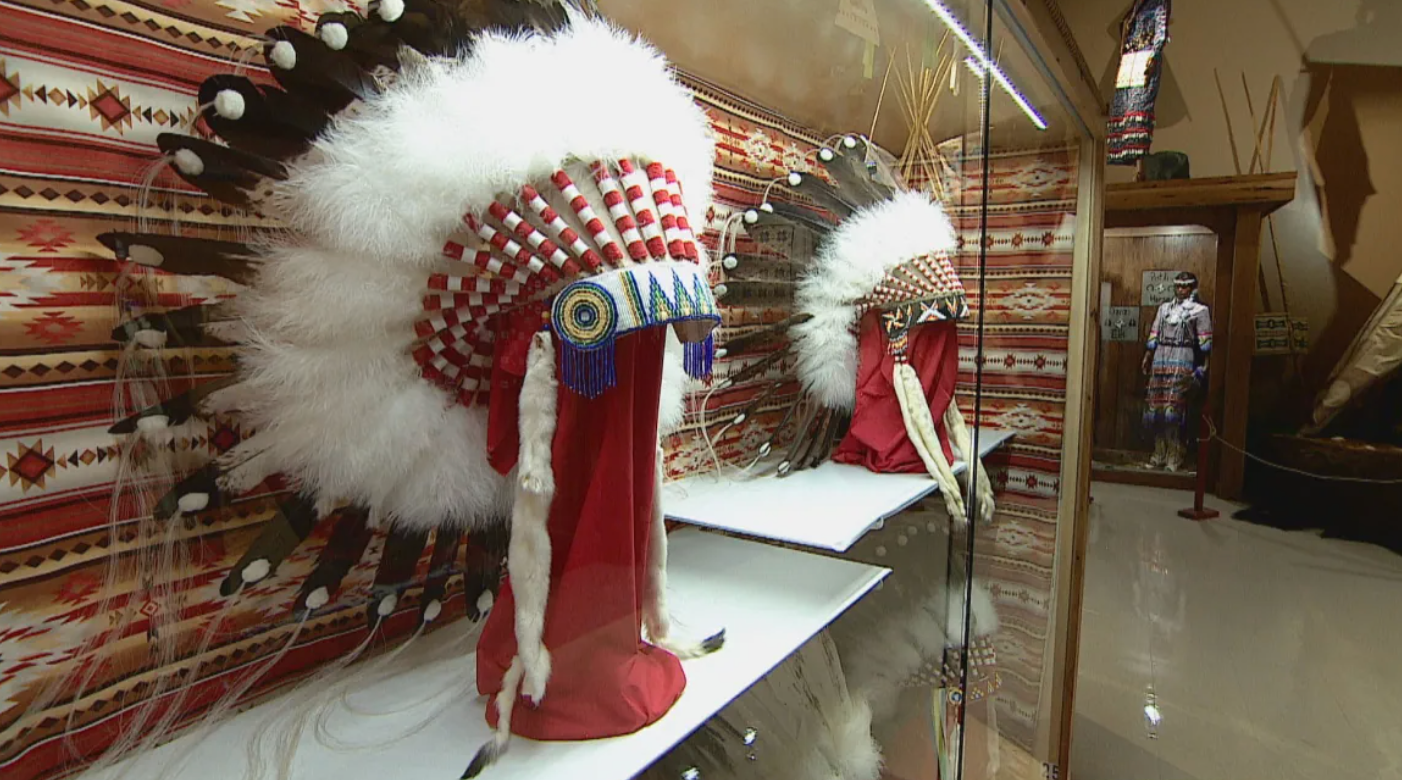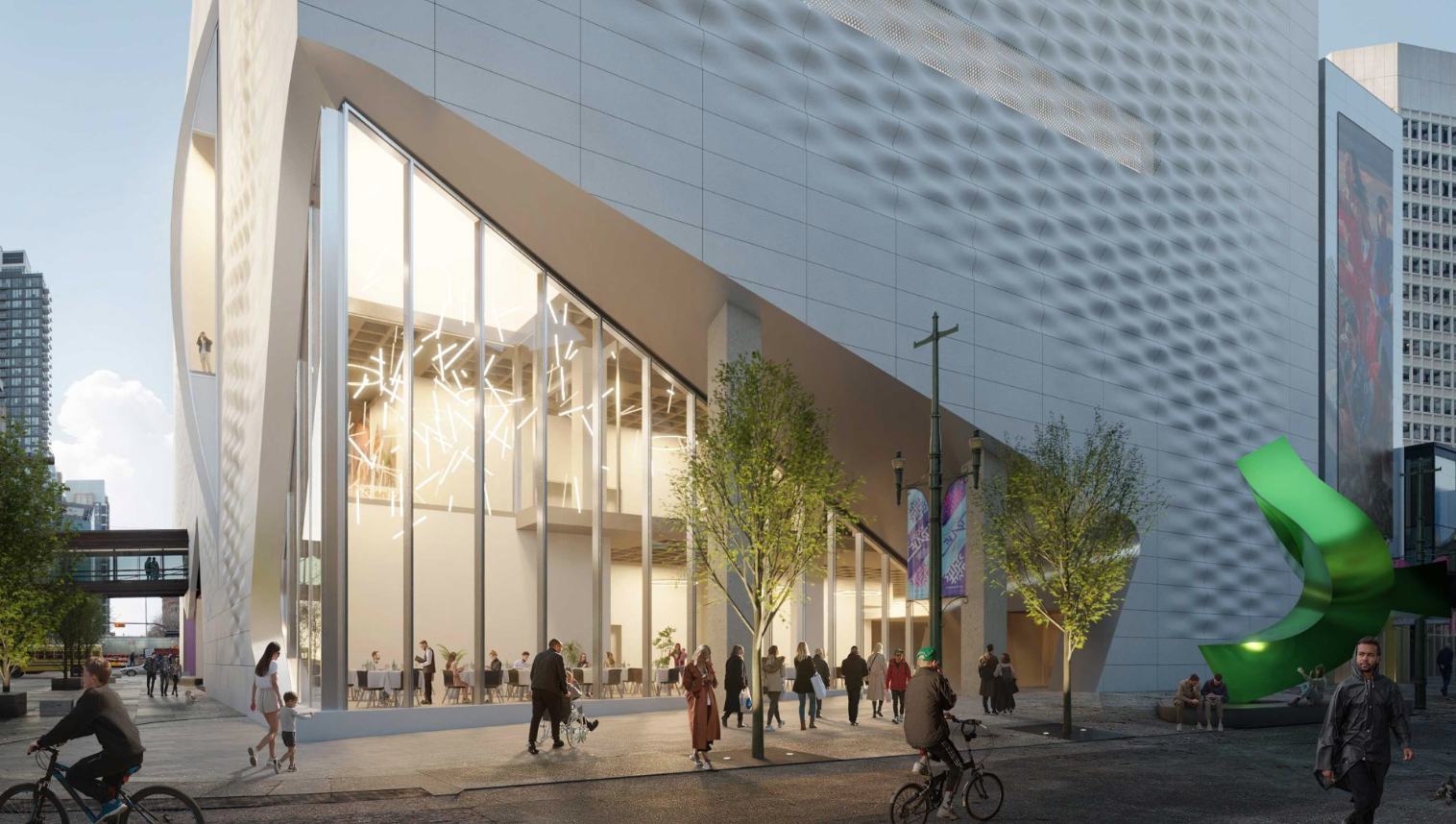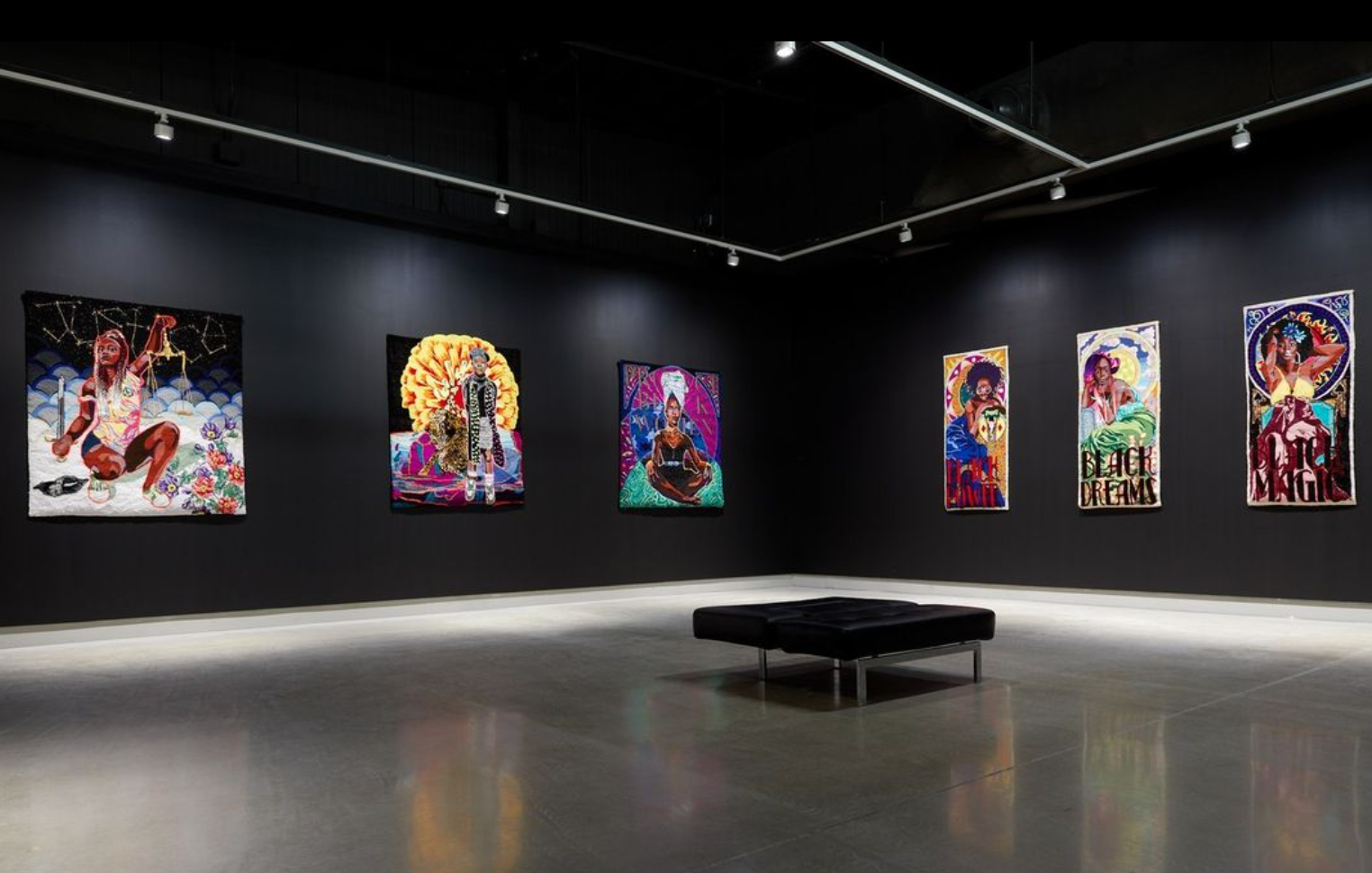Visiting a museum or gallery with your family is a great way to get some quality time together while learning a thing or two along the way. If the word “museum” conjures up images of a stuffy space where you’d be nervous to take a busy kid, we’ve got great news. An awesome assortment of Calgary museums and galleries await, where kids (and grownups!) are encouraged to engage their curiosity and all of their senses while exploring the incredible worlds of art, science, and culture. Here’s a roundup of our favourite Calgary museums and galleries to check out with kids…
Calgary Museums & Galleries for Families
If you want to explore the world around you in a hands-on way, visit…
When to visit: Fridays and Saturdays from 10 am to 4 pm
Admission: Free ($5 donation is recommended). See website to book your time slot.
The YouthLink Police Interpretive Centre’s mission is to research, educate, and deliver crime prevention education to families and youth. There are a variety of interactive, informative, and hands-on exhibits to visit and learn from including Calgary Police Service history, CPS Specialty Unit Highlights like the Canine Unit and the Forensic Crime Scene Team, and the Safe For Life Zone, where visitors learn how to make safe decisions around social challenges surrounding drugs, healthy relationships, digital citizenship, and gangs.
When to visit: Open daily; see calendar for operating hours
Admission: Children 3-17 $19, Students $22, Seniors 65+ $24, Adults $26, Family (6 people mx, up to 2 adults) $90
There’s always something new to see, do, build, create, explore, or play with at Telus Spark! Kids and adults alike will have a blast in the STEAM (Science, Technology, Engineering, Art, and Math) themed galleries including the outdoor Brainasium, the Creative Kids Museum, and the Open Studio space. Lay on a bed of nails in the Being Human gallery, recreate the sounds of a thunderstorm in the Earth and Sky Gallery and catch a planetarium show in the infinity dome. Don’t forget to see what Featured Events are on display during your visit!
When to visit: Thursday to Sunday from 10 am to 5 pm
Admission: Admission is pay-what-you-can (courtesy of ATB). Suggested rate is $15 per entry.
Budding songbirds and fans of music in all its forms won’t want to miss a visit to Studio Bell! The 22 Permanent Exhibitions include Canada Music Square, Music Mosaic, Power of Music, Making Music, Best of Canada, and The Rolling Stones Mobile Recording Studio. Throughout your visit, you’ll see memorabilia from classic Canadian artists, build and test instruments made from everyday objects, sing your heart out in a vocal booth, and explore the Canadian music scene. Be sure to visit the Canadian Music Halls of Fame and Feature Exhibitions while you’re there!
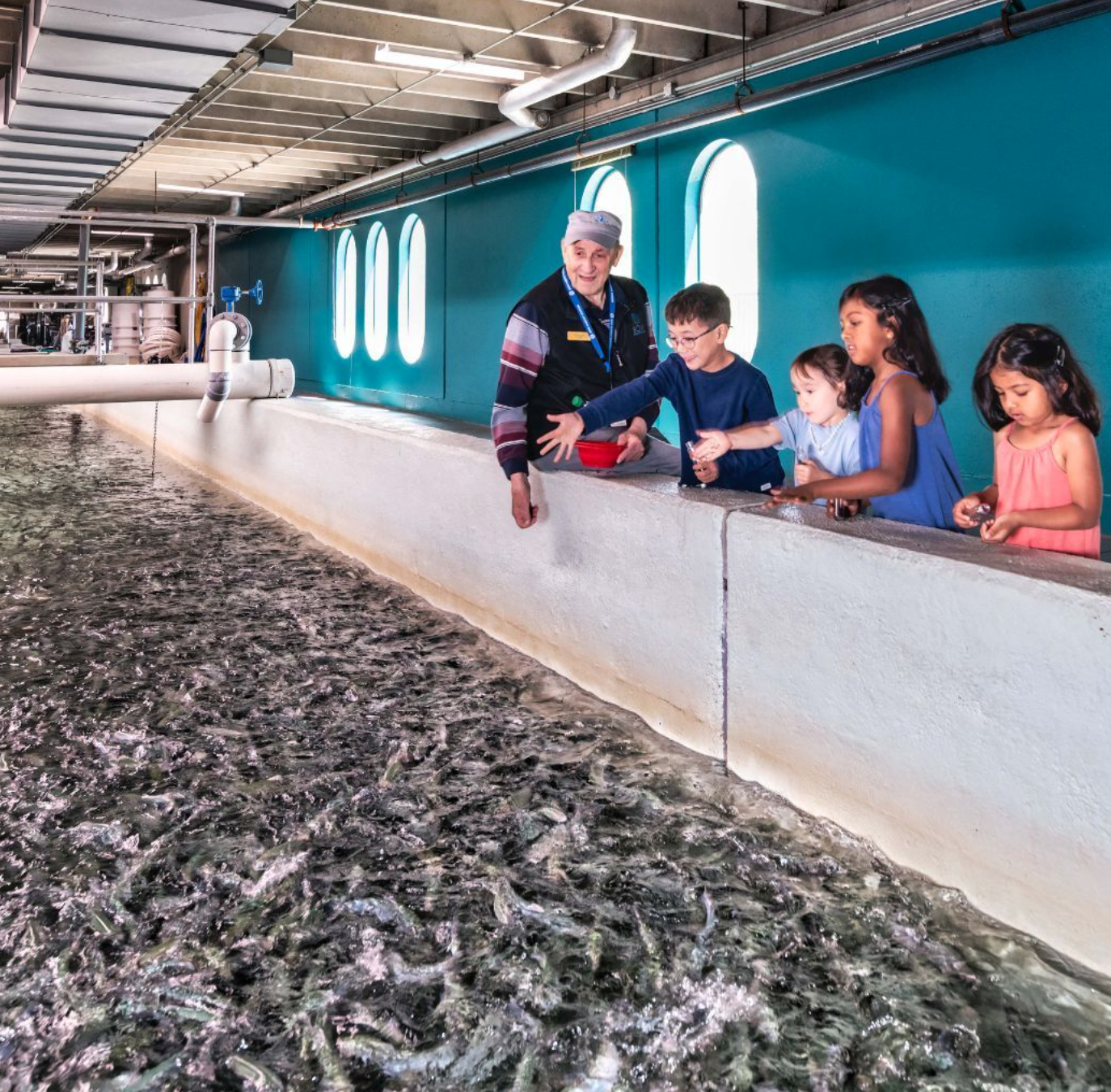
Bow Habitat Station and Sam Livingston Fish Hatchery | bowhabitat.alberta.ca
When to visit: Tuesday – Saturday from 10 am to 4 pm (last admission at 3 pm)
Admission: Adults 18-64 $10, Seniors 65+ and Students (18+ with ID) $8, Youth 4-17 $6, Children 0-3 Free, Family (up to 2 adults and 4 youth) $30. Admission to the Fish Hatchery is $2.00 (children under 3 free), and tickets to the guided tour are $5.
The Bow Habitat Station Discovery Centre is filled with tactile, hands-on displays, sensory sounds and lighting, and dynamic visual elements that’ll give you a look Alberta’s flora, fauna, and fishes like you’ve never seen before. The aquarium is home to over 20 species of Alberta’s fish, and the Fish Hatchery is one of North America’s largest! During your visit to the hatchery, you’ll get to feed the fish and head out on a 30 minute guided tour through the life cycle of a trout in the hatchery.
If you want to get up close with some pieces of history, check out…

The Military Museums | themilitarymuseums.ca
When to visit: Daily from 9 am to 5 pm; Cold War Hangar is open daily from 10 am to 4 pm
Admission: Adults 18+ $15, Seniors 65+ $5 and Free on Tuesdays, Students and Youth 7-17 $5, Families (2 adults and up to 5 children) $30, Veterans, Serving Military Personnel, Members of TMM Free
If you’ve driven down Crowchild Trail and noticed a CF-5 Freedom Fighter on display, you’ve driven past The Military Museums of Calgary – the second largest military museum in the country. If you decide to stop inside for a visit, you’ll see eight separate Calgary museums including the Naval, Army, and Air Force Museums of Alberta, the Air Force Cold War Museums and more. A highlight is definitely the two new hangars on the ground which house a CF-18 Hornet, a CF-104 Starfighter, and a F-86 Sabre Jet fighter. New collections are installed on a regular basis as well!
When to visit: Tuesday – Sunday from 10 am to 4 pm
Admission: Adults $15, Seniors 65+ $11, Students 12-17 or with valid ID $10, Children 3-11 $8, Family (includes 2 adults and up to 4 children) $40
Calling all aviation aficionados! The Hangar Flight Museum gives fans of all things aerodynamic an opportunity to learn about western Canada’s aviation history. The museum is located in a drill hall that was built as part of the British Commonwealth Air Training Plan during the Second World War. There’s no better place to get an up close view of planes of all shapes and sizes as well as other artifacts like helicopters, hot air balloon baskets, parachute wedding dresses and more!
When to visit: Tuesday to Saturday from 10 am to 4 pm
Admission: General Admission (Gasoline Alley Only) 16+ $10, Youth 3-15 $5
Heritage Park is a historical gem in and of itself, but did you know that you can visit the Gasoline Alley Museum along with your admission in the summer months? If you want to visit in the off-season, you can purchase tickets just to see one of the world’s largest public collections of antique vehicles and oil and gas-related artifacts. You’ll love the immersive feel of the street scene, the vintage drive-in movie display and Canada’s largest collection of restored gas pumps. Head to the Family Gallery for some family fun and crafts as part of your visit! Please note that The Rules of the Road portion of the Family Gallery is closed for renovations as of November 2022.
When to visit: Monday – Friday from 10 am to 4:30 pm; weekends available for bookings
Admission: Free; guided tours are $5 per person
Visit the Chinese Cultural Centre Museum to learn about the history of the Chinese community in Calgary and Canada. The museum collection includes art and artefacts in exhibitions such as “The History of Chinese Canadians in Canada” and “The Evolution of the Chinese Community in Calgary”. Look out for special artefacts like replicas of horses and life sized terra-cotta soldiers, a model of the earliest seismograph, invented by Zhang Heng in China in 1322 A.D. and the beautiful art piece made entirely by bird’s feathers called The Roaring Tigers. Although the museum is small, there is plenty to see, learn and explore – especially if you join a guided tour!
When to visit: Monday to Friday from 8 am to 4 pm; Call 403-238-2677 to book a tour
Admission: Adults $12, Youth and Seniors $6, Kids 0-3 Free
The Tsuut’ina Culture Museum opened in 2018 and is filled with genuine artifacts, photographs, and living culture just waiting to be explored! Learn about the rich cultural history of the nation and observe Chief Bullhead’s original homestead, built in 1902 and located next to the museum. A guided tour lead by the museum’s director, Jeanette Starlight, is highly recommended, although you will still learn a ton if you choose to check out the museum on your own. Before you leave, stop in at the gift shop where you’ll find authentically handmade indigenous goods!
The Glenbow is on our list because it’s been a staple of Calgary museums since it was founded in 1966. However, the museum will remain closed to the public until 2024 as it undergoes major renovations, but will have a temporary location – Glenbow at the Edison, which will open in January 2023.
If you want to feast your eyes on some amazing artwork, head to…
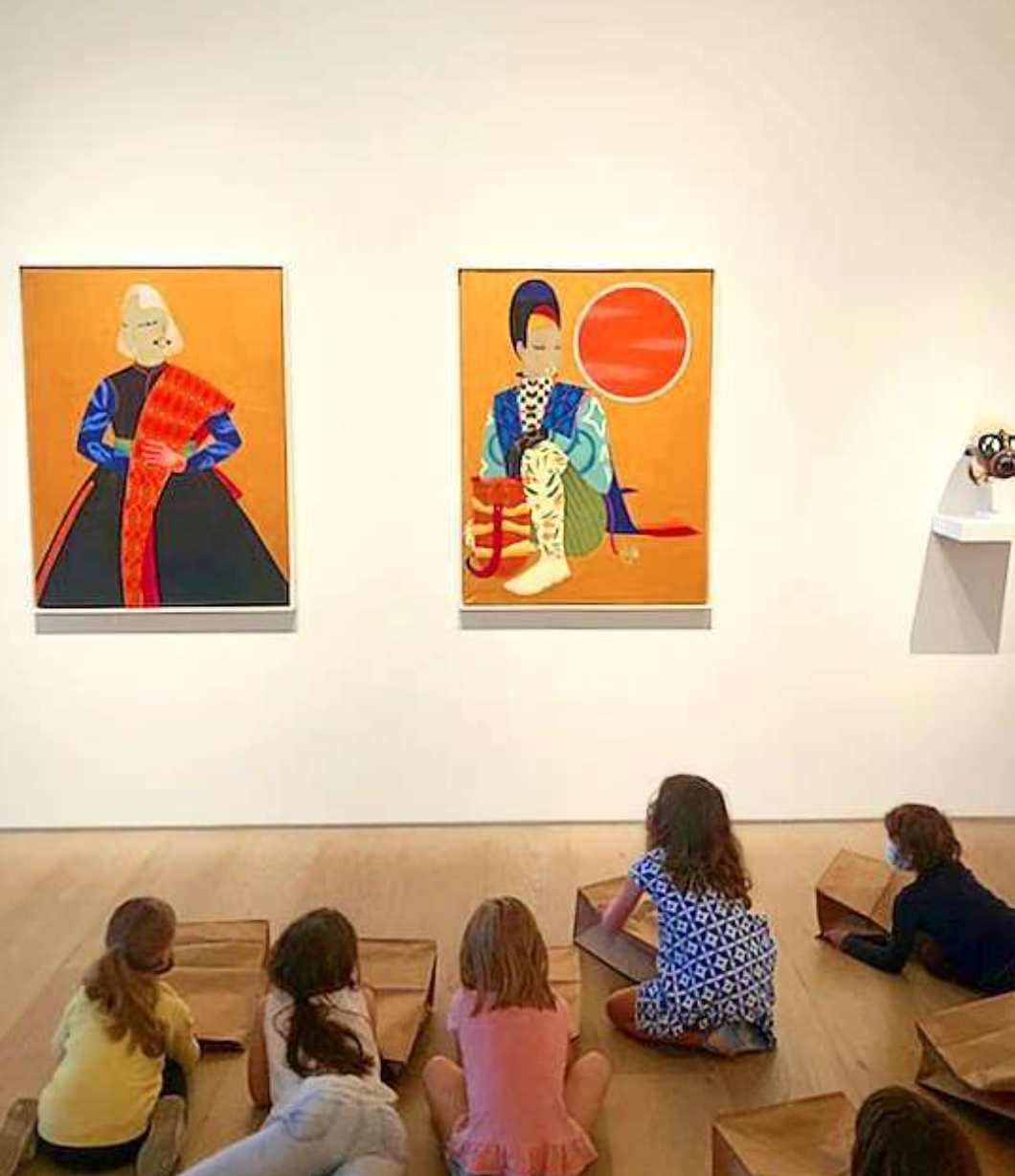
The Esker Foundation | eskerfoundation.com
When to visit: Wednesday to Friday from 11 am to 6 pm, Saturday and Sunday from 12 pm to 5 pm
Admission: Free. Complimentary tours can be booked 2 weeks in advance.
For an opportunity to take in contemporary art through relevant, accessible and educational exhibitions, programs and publications, head down to Inglewood to stop in at the Esker Foundation. This museum is totally free to visit, and even has free parking (and anyone who visits downtown knows this is a bonus!) In addition to their stunning permanent and featured exhibitions, The Esker Foundation hosts Family Programs that you can take part in both in person and online. Try out Creative Mindfulness Drawing from the comfort of your living room, or register to attend in person workshops and baby-friendly tours complete with tummy time!
When to visit: Wednesday to Saturday from 12 pm to 7 pm and Sundays from 12 pm to 5 pm
Admission: Single entry $10, Individual Membership $20, Dual Membership $40, Family Membership $50, Children 12 and Under Free. Visit on the first Thursday of every month for free admission from 5-9 pm.
Contemporary Calgary is bringing Calgarians and visitors to YYC a visual arts destination dedicated to modern and contemporary art. This world-class gallery brings local, national, and international contemporary art programming to you! Each exhibition, whether permanent or on temporary display, will prompt you to stop, stare and think. Be sure to visit their website to explore upcoming events and public programs for a hands-on way to explore the world of contemporary art. Free programs that get kids and teens in touch with their creative side are on all the time – all you need to do is register!
What are your favourite Calgary museums and galleries to visit? Which ones are you looking forward to exploring in the future? Let us know in the comments!
